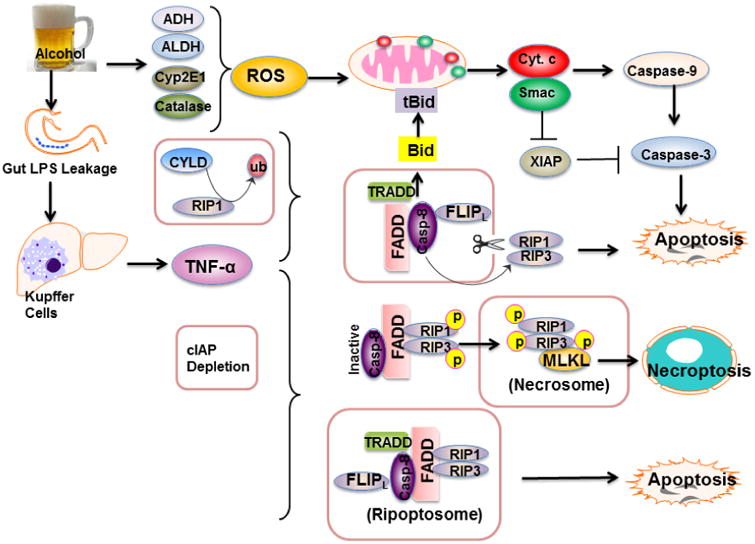Figure 1. Possible pathways leading to alcohol-induced apoptosis and necrosis.

Alcohol metabolism via ADH, ALDH, Cyp2E1 and catalase increases ROS production that triggers mitochondrial damage and onset of MPT resulting in the release of mitochondrial Cyto c and Smac. Released Cyto c promotes the activation of caspase-9 and caspase-3, whereas Smac inhibits XIAP to remove its inhibition on caspases. Activated caspase-3 then leads to hepatocyte apoptosis. Alcohol consumption also increases gut permeability resulting in elevated influx of LPS into the liver. LPS activates Kupffer cells to produce TNF-α. TNF-α binds to its receptor (TNFR1), which further recruits TRADD, FADD, caspase-8 and FLIPl resulting in caspase-8 activation when RIP1 is de-ubiquitinated by CYLD. Activated caspase-8 cleaves Bid to activate the mitochondrial apoptotic pathway and trigger apoptosis. Activated caspase-8 also cleaves RIP1 and RIP3 to inactivate RIP1-RIP3-mediated necroptosis. When cIAPs are depleted and caspase-8 is inhibited, RIP1 and RIP3 interact with each other via RHIM domains to from the amyloid-like necrosome. Auto- and transphosphorylated RIP1 and RIP3 then further recruit and phosphorylate downstream MLKL to initiate necroptosis. In the absence of cIAPs, RIP1, RIP3, TRADD, caspase-8 and FLIPl form a complex called the, which induces caspase-8 activation and apoptosis and depends on RIP1 kinase activity.
